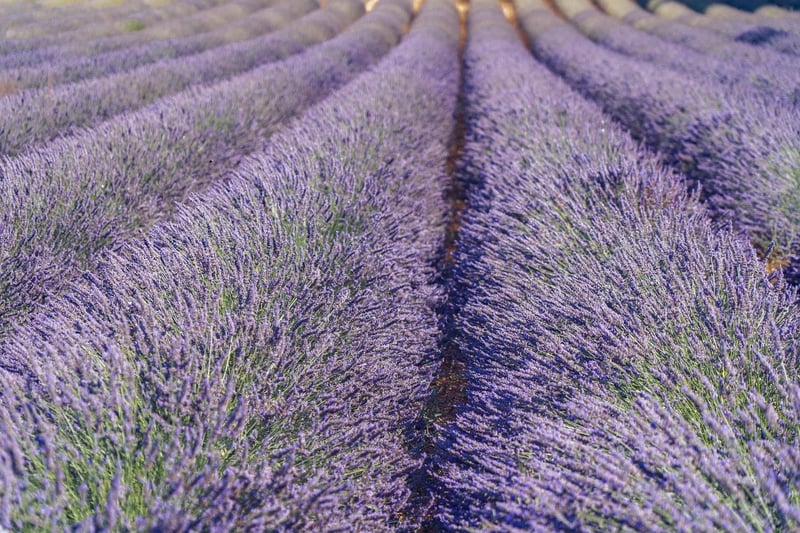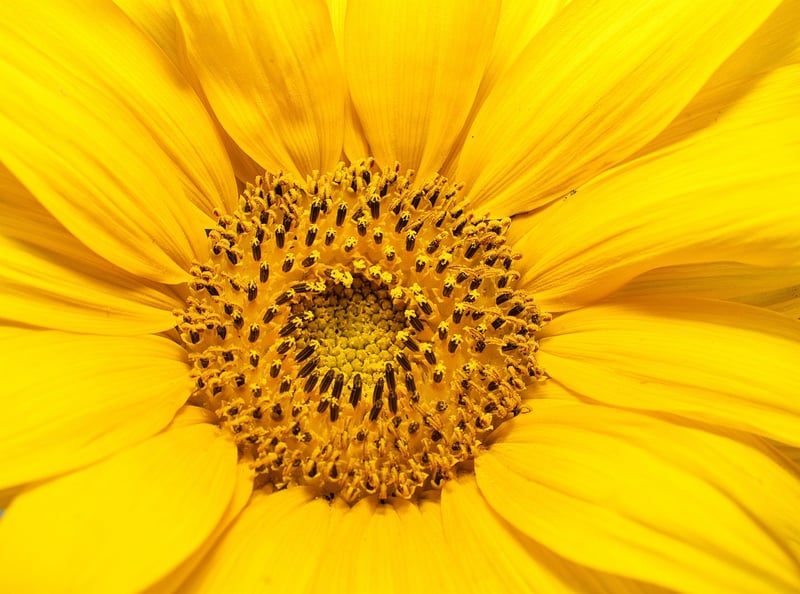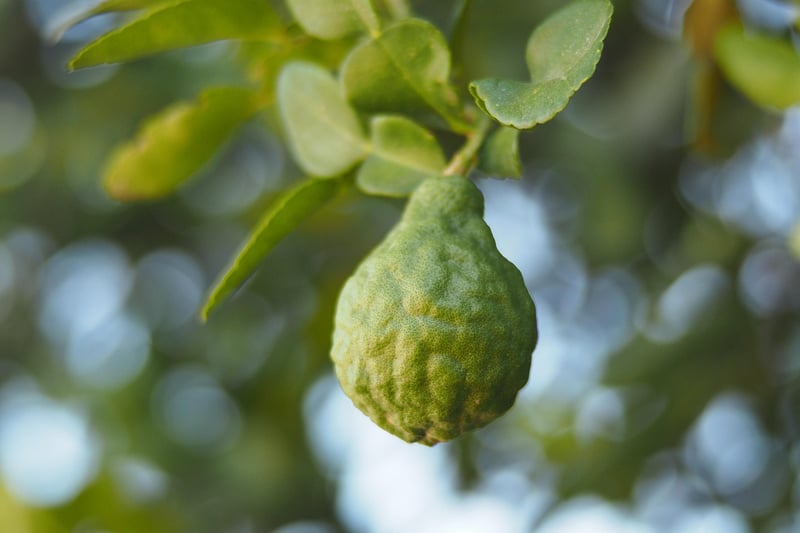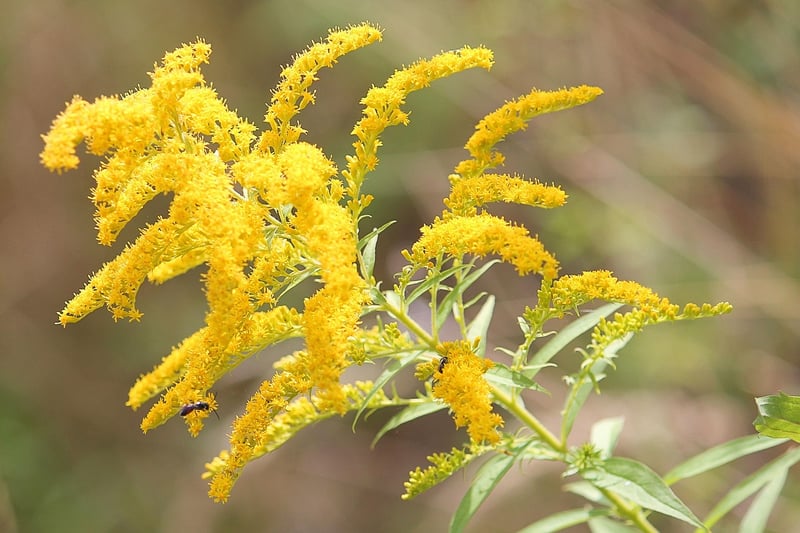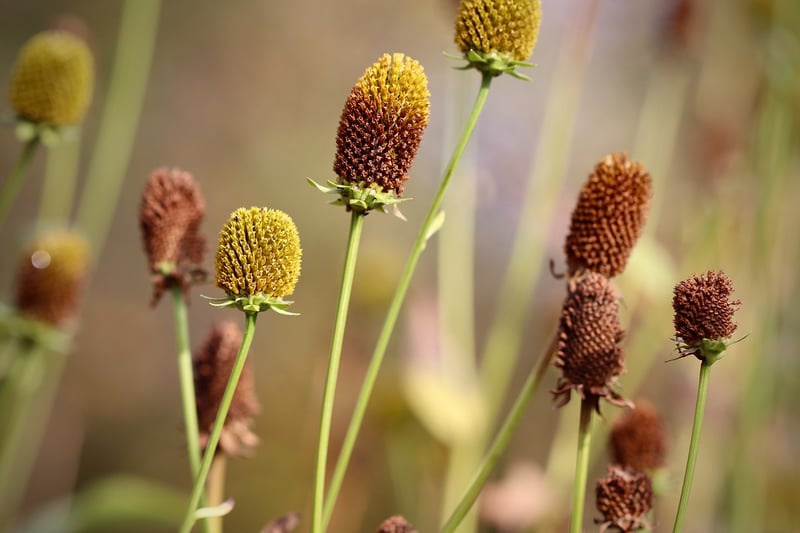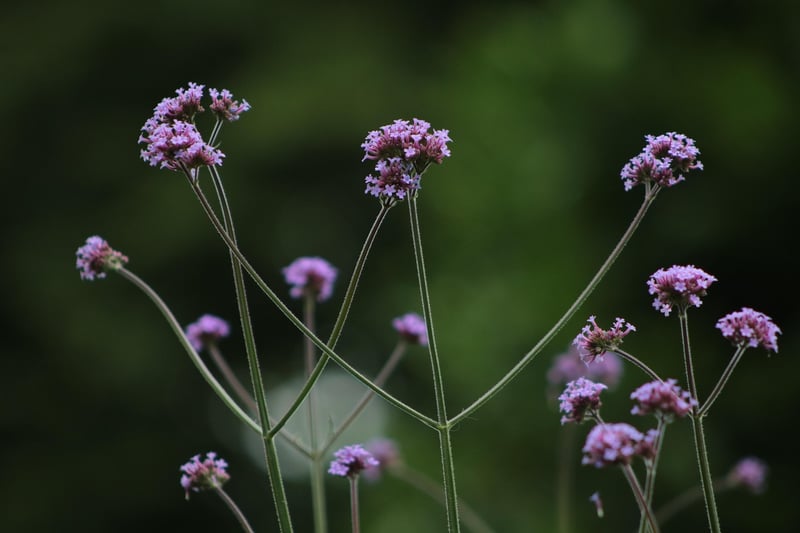Bee-friendly Plants
Attracting Wildlife to Cities with Bee-friendly Plants
Urban areas can sometimes feel disconnected from nature, but with a little effort, it's possible to create welcoming environments for wildlife right in the heart of the city. One way to do this is by planting bee-friendly plants that not only attract bees but also contribute to the overall biodiversity of the area.
Why Attract Wildlife to Cities?
Bringing wildlife into urban spaces has numerous benefits. It helps support local ecosystems, improves air quality, and can even enhance the mental well-being of city residents. By creating habitats for birds, bees, butterflies, and other creatures, cities become more vibrant and sustainable places to live.
Bee-friendly Plants for Urban Gardens
Bees are essential pollinators, playing a crucial role in the reproduction of many plant species, including food crops. By planting bee-friendly plants, you can help support bee populations and promote biodiversity in your city. Here are some examples of plants that attract bees:
- Lavender: Known for its fragrant purple flowers, lavender is a favorite of bees and other pollinators.
- Sunflowers: These bright and cheerful flowers not only attract bees but also add a pop of color to urban gardens.
- Wild Bergamot: Also known as bee balm, this plant produces nectar-rich flowers that bees love.
- Goldenrod: A late-season bloomer, goldenrod provides bees with a vital food source as they prepare for winter.
- Coneflowers: With their daisy-like appearance, coneflowers are not only attractive to bees but also to butterflies.
Creating a Bee-friendly Garden
When planning your urban garden, consider incorporating a variety of bee-friendly plants to provide food and shelter for bees throughout the year. Choose a mix of flowering plants that bloom at different times to ensure a consistent food supply for bees. Avoid using pesticides and herbicides, as these can harm bees and other beneficial insects.
Remember to provide a water source, such as a shallow dish filled with pebbles, to help bees stay hydrated. Additionally, leaving some areas of your garden untamed, with wildflowers or native grasses, can provide nesting sites for bees.
Conclusion
By planting bee-friendly plants in urban gardens, you can help attract wildlife to cities and create thriving ecosystems in unexpected places. Not only will you be supporting bee populations and promoting biodiversity, but you'll also enjoy the beauty and vibrancy that these plants bring to your surroundings. So, roll up your sleeves, grab your gardening tools, and get ready to welcome bees and other pollinators to your city!
